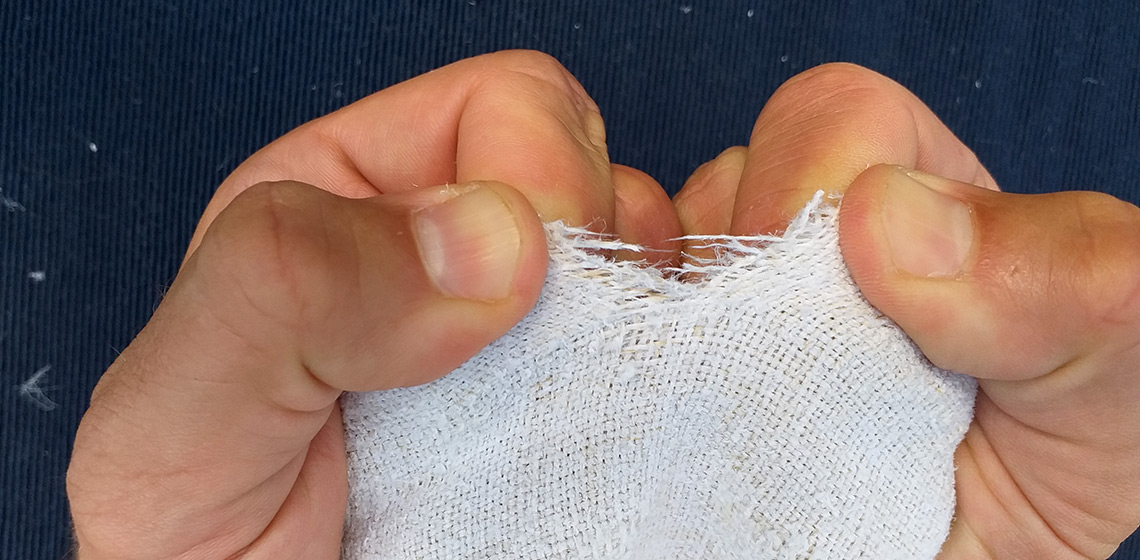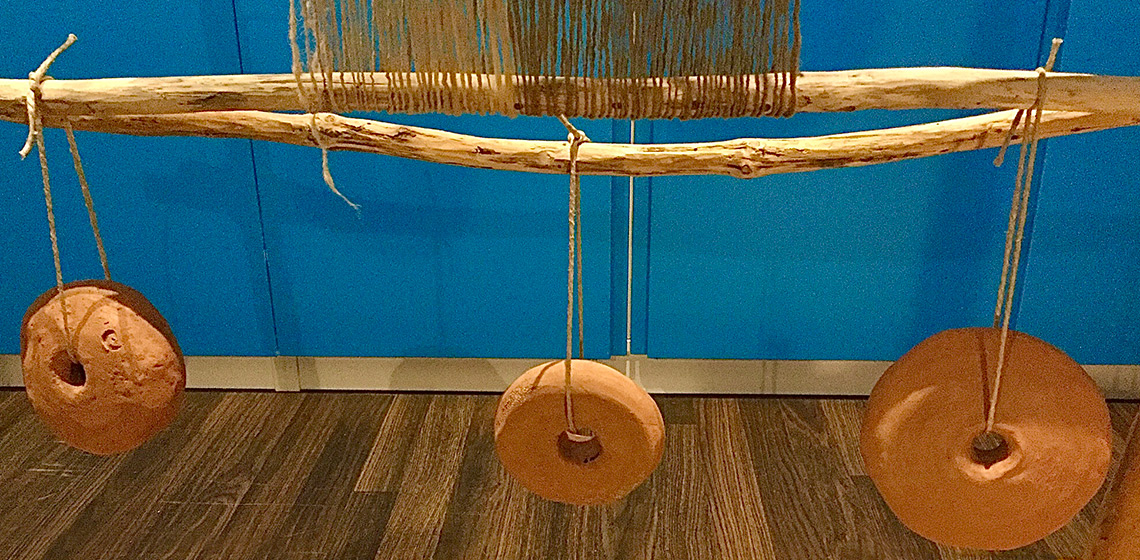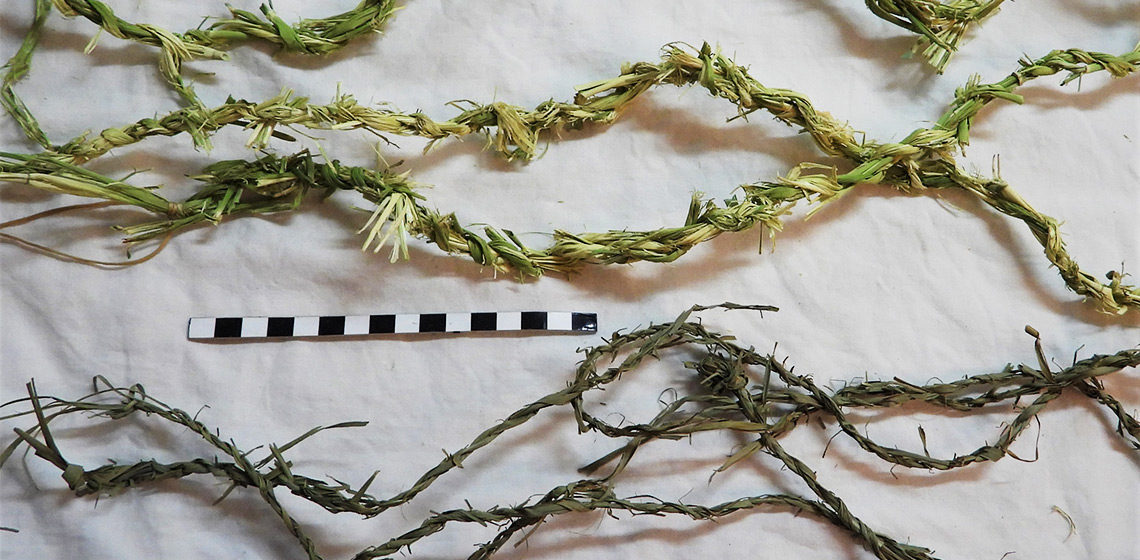What was *platъ and how Did it Work? Reconstructing a Piece of Slavic Cloth Currency
Introduction
There is rare but clear evidence that at least some early medieval Slavic communities used pieces of textile during the exchange of goods. The written sources (transcription of the notes of Ibrahim Ibn Yaʻqūb and a short notice made by Helmold of Bosau nearly two hundred years later) entitle us to believe that it was some kind of currency and not a local predominant commodity.



